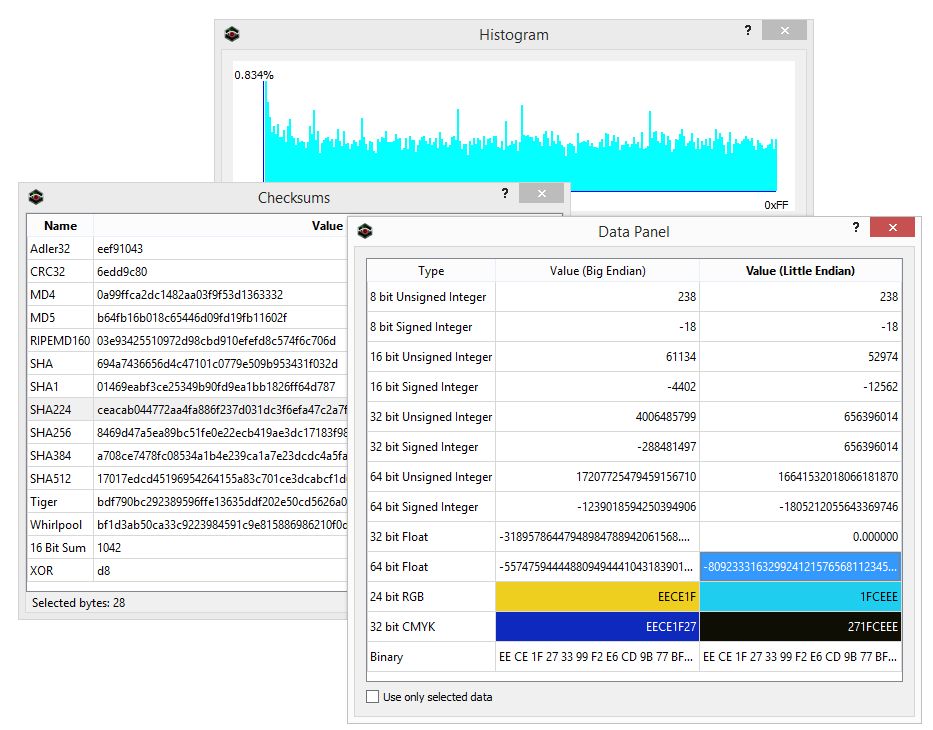


Open a huge file, scroll around, copy and paste, all instantly. You won’t dread launching or working with Hex Fiend even on low-RAM machines. How To Download League Of Legends On Mac 2017 here. Hex Fiend does not keep your files in memory. It’s been tested on files as large as 118 GB. Hex Fiend can handle as big a file as you’re able to create. Insert, delete, rearrange: Hex Fiend does not limit you to in-place changes like some hex editors. Hex Fiend is a fast, clever, and free Hex editor that has many unique features. It’s really easy to incorporate Hex Fiend’s hex or data views. A fast and clever open source hex editor for Mac OS X.

Hex Fiend is a freeware hex editor for Mac OS X. Hex Library for apple mac - Free download mac hex library shareware, freeware, demo Menu. Hex Fiend is a fast, clever, and free Hex Editor that has many unique features: - Insert, delete, rearrange: Hex Fiend does not limit you to in-place changes like some hex editors. Hex Fiend does not limit you to in-place changes like some hex editors. Thank you for making it available.A fast and clever open source hex editor for Mac OS X. Your application Hex Fiend is really useful. That is really not the main point of the discussion, butI can give details if you would like.

I have found a way to install into a directory within /opt. Anaconda installs into a directory in a user account on a Mac and expects the usr t be the owner, which can cause issues on a multiuser machine. I do not use Homebrew myself, but I do use Anaconda for Python and R. See a discussion of this and some of the alternatives at the following URL. That is certainly not the traditional way to do things. The Homebrew recommendation to change ownership of /usr/local is a bit controversial among Unix/Linux folks. I use ~/Library/bin for my user account to keep everything organized within the “Mac” layout, but you could use any structure you like. Users can create their own executable (bin) directories within their home directory structure and add them to their path. Other GUI applications that install command line tools on the Mac do this (BBEdit is one example). You install items from the command line using sudo and from the GUI by using an administrator authentication dialog. In every Unix/Linux system I have used /usr/local and its subdirectories are owned by root.


 0 kommentar(er)
0 kommentar(er)
